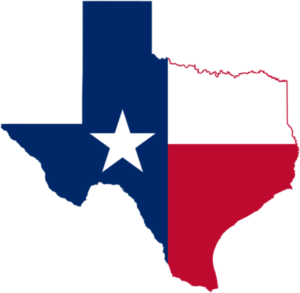Native American tribal lands, according to their telecom-savvy inhabitants, have cited a long history of tower construction on their grounds without their input in violation of the National Historic Preservation Act (NHPA), reported The Observer. Although they say conditions have improved over the past few decades, tribes are now facing additional challenges by being overwhelmed with 5G tower requests. In addition, they say they are exacerbated by underfunding.
Each day the Alabama-Coushatta Tribe of Texas receives eighty or more requests to build a 5G tower on ancestral territories. Charged with sorting through the Tower Construction Notification System online portal alerts is Bryant Celestine, the Tribal Historic Preservation Officer (THPO) for the nation.
The Observer reported that Celestine is tasked with “upholding tribal and federal preservation laws created to protect tribal resources, including the repatriation of remains and sacred items, and the protection of culturally or historically important land.” According to Celestine, “Our territory goes from Brownsville all the way up to Texarkana and all the way across to Tennessee down into the panhandle of Florida. So, it’s a major workload.”
The numerous tower requests put indigenous nations like the Alabama-Coushatta in a tough spot. According to The Observer, tribal offices are underfunded, making it “impossible” to process the hundreds of 5G requests that come across desks like Celestine’s every week. The danger is that if tribes miss the opportunity to respond to a request within 30 days, “construction of a tower could damage religious locations, cemeteries, or other historic sites.”
“Tribes are inundated with requests for consultation, and because there is so much expansion happening with our telecommunications in the United States, that means that any given tribe might be getting anywhere from a couple to a couple of hundred requests over the course of a month,” said Shasta Gaughen, a board member for the National Association of Tribal Historic Preservation Officers. “There’s a risk that you’re not going to be able to do enough research to adequately consult on a particular installation, and there’s a chance that a historic tribal cultural resource gets damaged or destroyed.”
Although THPO offices are overwhelmed, two-thirds of the 574 federally recognized tribes in the United States don’t even have a designated official like Celestine. Additionally, in 2018, the FCC ruled that small cell towers under 50 feet were exempt from tribal review and blocked tribal governments from regulating construction.
In 2019, over 20 tribes filed a lawsuit over the FCC’s circumventing of the National Historic Preservation Act and the National Environmental Protection Act, reported Inside Towers. A court ruled in favor of the tribes but enabled the FCC to block “tribes from charging consultation or administrative fees,” which helped fund THPO offices.
Valerie Grussing, executive director of the National Association of Tribal Historic Preservation Officers, added, “Tribes need broadband infrastructure and 5G just like the rest of us do. They also need their places and resources to be protected while the development happens, and they also need to be beneficiaries of the development.”





Reader Interactions